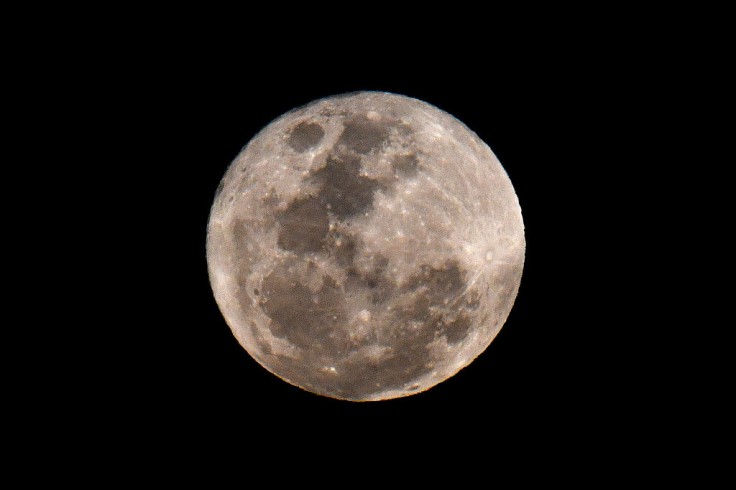
Astronauts and space tourists are seen to have ready Internet access once they land on the moon.
NASA has created an Internet network on the Moon specifically dedicated to its Artemis missions, which need a dependable communications network for their challenging space tasks. LunaNet is set to address delays and disruptions in data transfers in space, NASA announced in a post.
Present space missions rely on previously scheduled links with ground-based antennas or space satellites. As such, this limits efficient data transfer and communications. With LunaNet, sustainable communications, weather monitoring, and navigation can be attained, as well as provide dependable Internet connections for scientific use.
LunaNet Will Have Nodes on Moon, Satellites, Ground Stations
Similar to the Earth-based Internet, the LunaNet lets users connect to a larger network that consists of nodes, part of which are located in space. LunaNet, which is a Delay-Disruption Tolerant Network (DTN), utilizes several nodes on the Moon, on satellites, and ground stations, thus creating a strong, reliable network. These nodes are capable to store and re-route data to discover the best, ideal path to reach destinations, Screen Rant reported.
As such, astronauts, space tourists, and equipment, such as Moon rovers, need not wait for the routing and processing data emanating from ground stations. This means users can actually access the network wherever they are, even as they hop, skip and walk on the lunar surface. While on the Moon, astronauts, other users, and rovers will be able to determine their location, plan routes, allow autonomous travel, and set safe, quick returns to base.
NASA to Use LunaNet as Stepping Stone for 'Solar System Internet'
In addition, astronauts will also access real-time space weather information. With LunaNet, these astronauts could get an alert to seek cover once dangerous solar storm activity happens. This network shall also help in search and rescue operations, astronomical observations, and scientific experiments. According to NASA, LunaNet will be used to research on advanced space communications for future missions, and eventually achieve a "Solar System Internet."
On Earth, LunaNet will offer nodes the chance to help researchers on the ground perform measurements using radio and infrared communications links. This network will also provide opportunities for Moon observations, such as measuring and studying the lunar environment. It will also allow global or regional analysis of the natural satellite, giving scientists access to such lunar data over expansive spatial scales.
The Artemis program is NASA's immediate, most significant current space mission. However, Artemis II has since been delayed due to a lawsuit filed by Jeff Bezos' Blue Origin against NASA over lunar landing module project awarded to rival SpaceX.
Artemis I is scheduled to launch in November, bringing an uncrewed Orion spacecraft to the Moon. The next Artemis missions will send the first woman and first person of color on the lunar surface. The base camp of Artemis is located at the south pole of the Moon and is deemed the stepping stone to exploring Mars and beyond.









